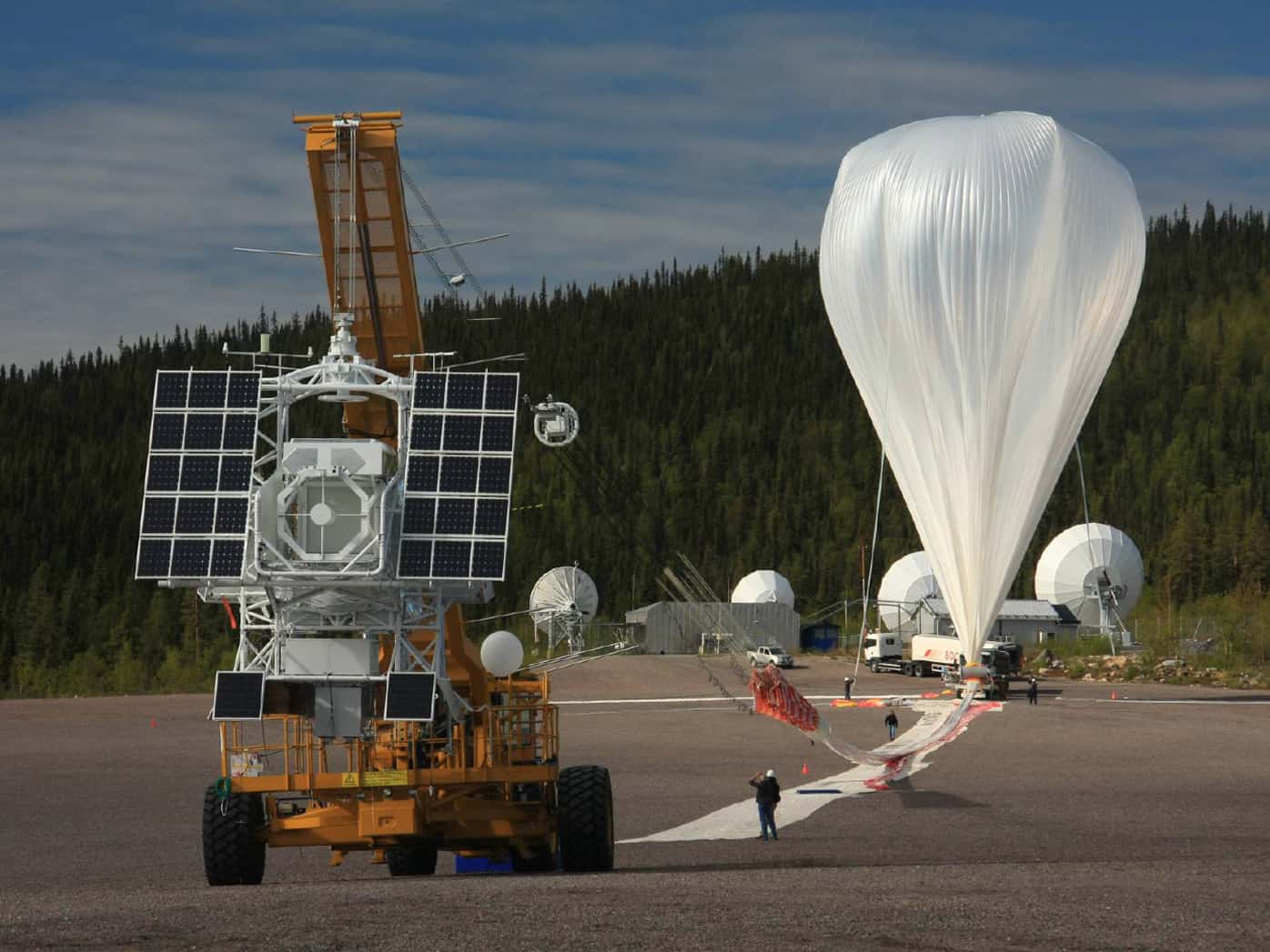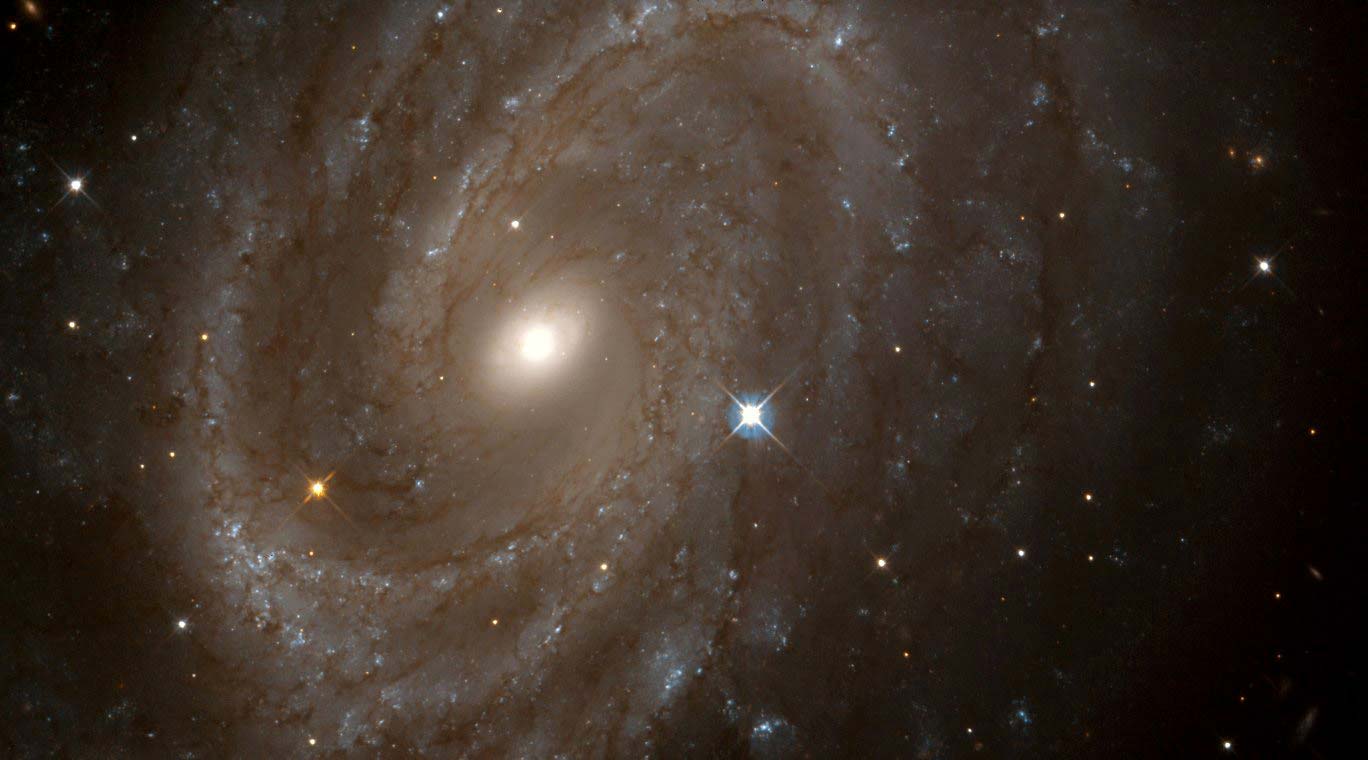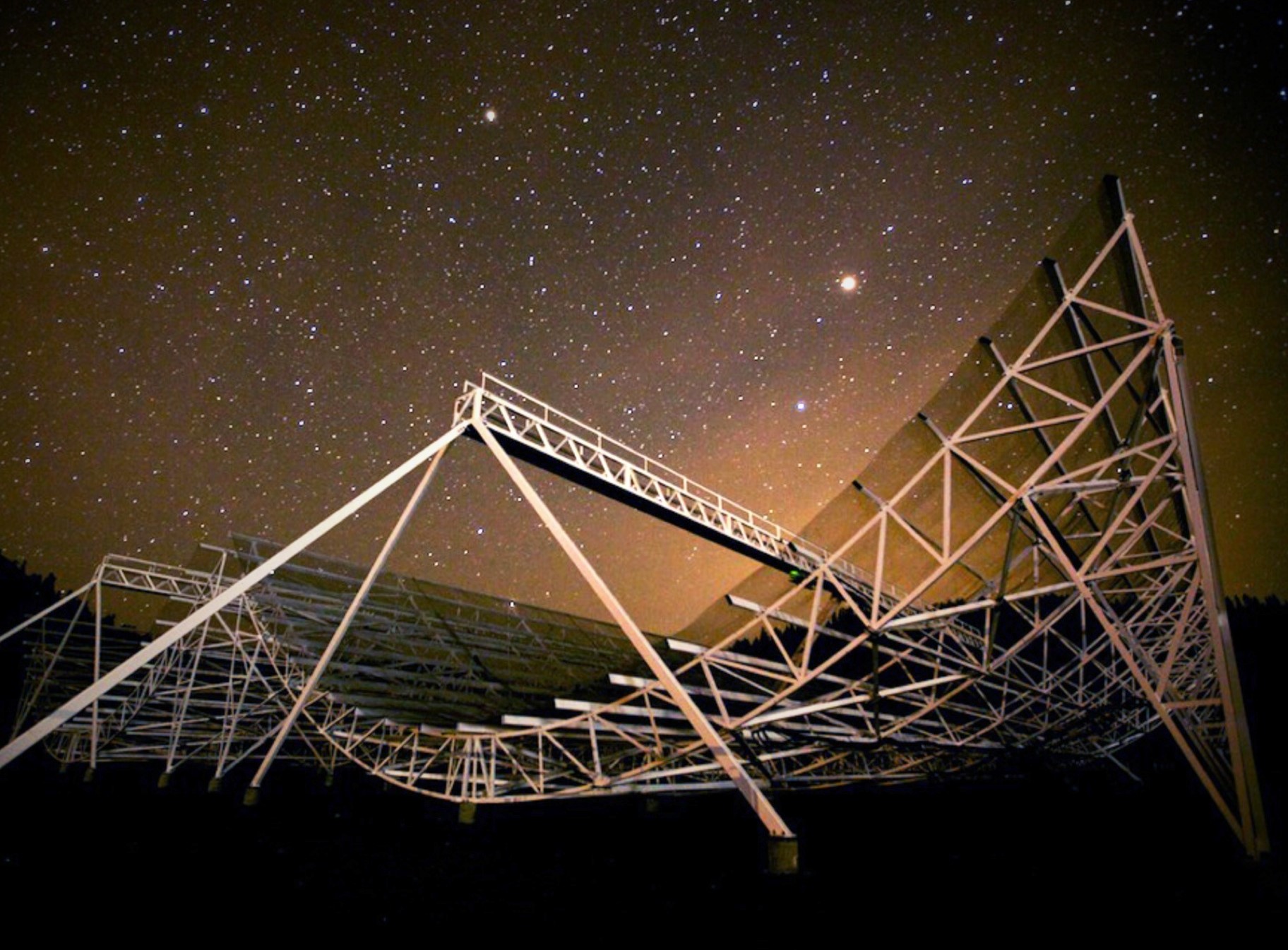Interesting Astronomy & Astrophysics news from the week of 9/13/2020
Next week’s night sky: Wednesday marks the first quarter moon. Jupiter and Saturn will be to the right of the moon, seemingly in a line pointed at the moon. On Sunday, the golden handle appears on the moon. The “Golden Handle” effect is produced by the way the slanted sunlight lights up the prominent mountains of the moon. Best seen through some sort of magnification, the golden handle will appear as a small line trailing from the light side of the moon to the dark side. A […]
Read more



